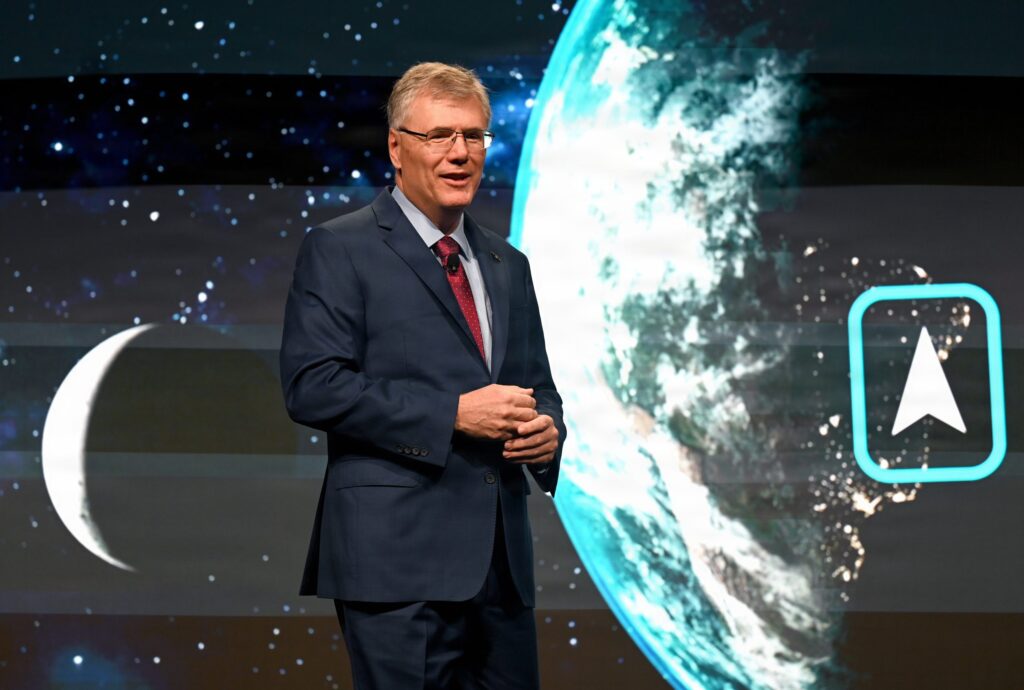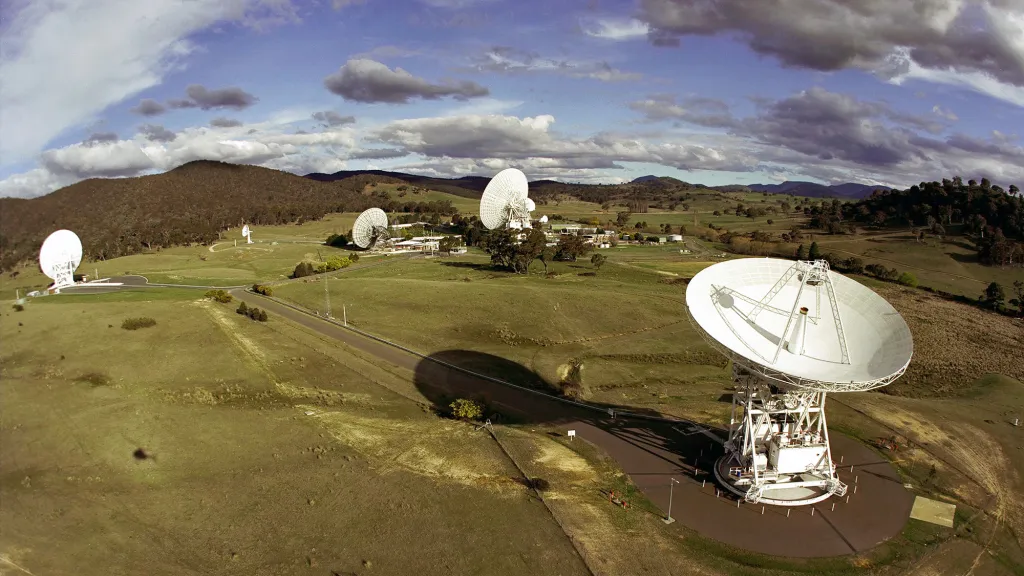Now Reading: The guardian’s rifle: why mission-essential space support cannot be outsourced
-
01
The guardian’s rifle: why mission-essential space support cannot be outsourced
The guardian’s rifle: why mission-essential space support cannot be outsourced
In matters of national defense and credible deterrence, some capabilities are simply too vital to outsource. If they falter, armies lose battles and nations can lose wars.
Today, commercial space services are more capable than ever. The U.S. military increasingly relies on them for flexibility, speed and innovation. We applaud this progress — in fact, the SmallSat Alliance coined the term Hybrid Space Architecture because we believe in a layered, adaptive and resilient approach that leverages the best of both government and industry.
But let us be clear: mission-essential space support, particularly communications and navigation systems that directly enable warfighters in the field, must remain government-owned and operated. Commercial services can and should augment these capabilities, but they can never replace them.
Satellites are the rifles of the space domain
To a marine or soldier, the rifle is more than a weapon, it’s an extension of the warfighter. That relationship is drilled into their muscle memory from day one of training. “This is my rifle. There are many like it, but this one is mine. My rifle is my best friend. It is my life.”
In the same way, the satellite must be equally as sacred to a guardian. Today’s satellites don’t yet fire rounds, but they are every bit as critical to mission success. Without GPS, secure communications and data links, joint force commanders lose their ability to maneuver, strike and survive. The other services understand this deeply — many are now the strongest advocates for space power because they cannot operate effectively without it.
If the Space Force wants to be taken seriously as a warfighting service, it must stop dabbling and start thinking — and acting — like a warfighting force.
Communications: the most “rifle-like” of space missions
All space missions matter, but some matter more in a fight. None are more essential than communications — the lifeline that connects troops to commanders, and forces to each other.
Whether it’s an encrypted handheld radio or a satellite-enabled Link 16 network connecting aircraft, tanks, and ships, reliable communication under fire is second only to the weapon in a warfighter’s hands. From the beginning of organized warfare, coordinated command and control has been the bedrock of victory.
This means the satellites that provide these critical connections — especially during combat operations — must be owned, operated and secured by the U.S. government. Not leased. Not borrowed. Not at the mercy of commercial availability, cost models or external interference.
Commercial space has a vital role — but it’s a supporting role
We speak from experience when we say commercial capabilities are essential to the future of national security space. Our members provide launch, payloads, data processing, rapid integration and surge support. We believe in a robust partnership with the government and have advocated for it more than anyone.
But the rifle must belong to the marine. And the satellite must belong to the guardian, especially the ones enabling real-time warfighting. Leasing mission-essential communications during combat is the space equivalent of renting bombers for the Air Force or rifles for the infantry.
That’s not resilience. That’s risk.
This is about more than policy
The Space Force, even five years in, is still defining its culture and mission. Public perceptions remain fogged by satire and sci-fi. But this moment demands clarity and seriousness.
If the Space Force wants to avoid becoming raw material for another Netflix parody, it must center its mission around the warfighter. Not a hypothetical one in a galaxy far, far away but the actual soldiers, sailors, airmen and marines depending on space to fight and win today.
National defense must never be at the mercy of a service outage, a market shift, or a terms-of-service agreement. Some capabilities are simply too important not to own.
Charles Beames is Chairman of the SmallSat Alliance, Angel Smith is Executive Director of the SmallSat Alliance.
SpaceNews is committed to publishing our community’s diverse perspectives. Whether you’re an academic, executive, engineer or even just a concerned citizen of the cosmos, send your arguments and viewpoints to opinion@spacenews.com to be considered for publication online or in our next magazine. The perspectives shared in these op-eds are solely those of the authors.
Stay Informed With the Latest & Most Important News
-
 012024 in Review: Highlights from NASA in Silicon Valley
012024 in Review: Highlights from NASA in Silicon Valley -
 02Panasonic Leica Summilux DG 15mm f/1.7 ASPH review
02Panasonic Leica Summilux DG 15mm f/1.7 ASPH review -
 03From Polymerization-Enabled Folding and Assembly to Chemical Evolution: Key Processes for Emergence of Functional Polymers in the Origin of Life
03From Polymerization-Enabled Folding and Assembly to Chemical Evolution: Key Processes for Emergence of Functional Polymers in the Origin of Life -
 04How New NASA, India Earth Satellite NISAR Will See Earth
04How New NASA, India Earth Satellite NISAR Will See Earth -
 05And Thus Begins A New Year For Life On Earth
05And Thus Begins A New Year For Life On Earth -
 06Astronomy Activation Ambassadors: A New Era
06Astronomy Activation Ambassadors: A New Era -
07SpaceX launch surge helps set new global launch record in 2024





















